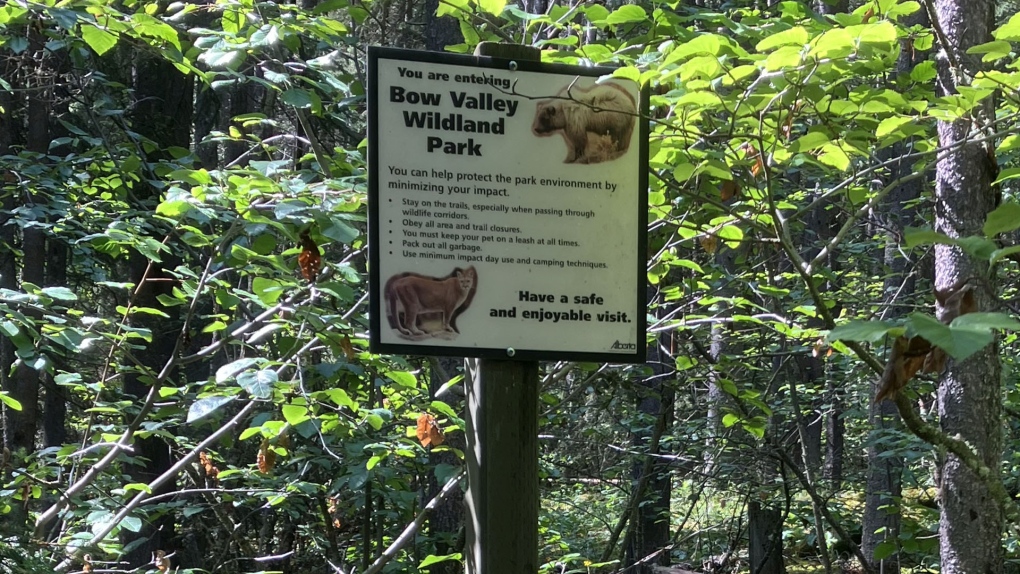Grizzly bears and wolves, the largest carnivores in Canada’s mountain parks, are moving away from their natural habitat by increased human activity, new research suggests.
The study, conducted by the University of Alberta, looked at how the animals were displaced by busy mountain trails and found they were avoiding a much larger region of land than previously believed.
Peter Thompson, former postdoctoral fellow, and Colleen Cassady St. Clair of the U of A’s biological sciences department learned this using more than 1,600 cameras throughout the Bow River Valley and nearby areas in the mountain parks.
They analyzed more than one million images of humans and tens of thousands of images of animals captured by the cameras between 2007 and 2022.
Thompson found nearly all the large carnivores avoided the areas adjacent to the trails, but the “displacing effect seemed to linger over large distances.”
The study said only half of the grizzlies included in the study ventured within 300 metres of the busy trails.
The effect was even more pronounced in wolves, the researchers found, with those animals remaining 600 metres or more from busy trails.
“We initially thought bears might use hiking trails as efficient routes when humans weren’t around, but they actually avoid these areas altogether,” said Thompson, who is now a postdoctoral fellow at Simon Fraser University.
“Our results show that human recreation has significant effects on wildlife, substantially influencing their behaviour even hundreds of metres away from the trail.”
A wolf captured by a camera trap. This image is one of over ten thousand of this species within our dataset. (Supplied/Alberta Environment & Parks)
The U of A study, which was published this week in the Journal of Applied Ecology, underscores the need for better planning to ensure both humans and wildlife can co-exist in the Bow River Valley, Thompson said.
“When trails become busier, people may not realize the extent to which they are disrupting wildlife movement and habitat security,” he said.
 A sign indicating the boundary of a protected area outside Canmore, Alta. Signage is a key tool for educating trail users and recreationalists on the impacts of their activities on wildlife. (Supplied/Peter Thompson)
A sign indicating the boundary of a protected area outside Canmore, Alta. Signage is a key tool for educating trail users and recreationalists on the impacts of their activities on wildlife. (Supplied/Peter Thompson)
St. Clair said this planning is even more critical when it comes to wolves.
“Wolves are even more affected by human recreation than grizzly bears, and they are active year-round, coinciding with winter recreational activities,” she said.
“This research highlights the critical need to manage human use in a way that allows people to share the landscape with these wary predators.”

